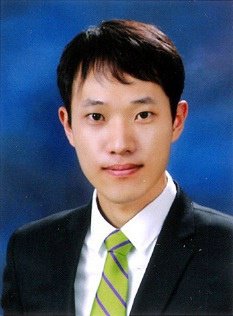Program Information
Optimization of a Collimator-Based Sparse Sampling Technique for Low-Dose Cone-Beam CT
T Lee1*, I Kim2 , B Han2 , S Cho1 , (1) KAIST, Daejon, ,(2) EB Tech Co., Ltd., Daejeon,
Presentations
SU-C-207-3 (Sunday, July 12, 2015) 1:00 PM - 1:55 PM Room: 207
Purpose:
In computed tomography (CT) imaging, radiation dose delivered to the patient is one of the major concerns. Sparse-view CT takes projections at sparser view angles and provides a viable option to reducing dose. However, a fast power switching of an X-ray tube, which is needed for the sparse-view sampling, can be challenging in many CT systems. We have earlier proposed a many- view under-sampling (MVUS) technique as an alternative to sparse-view CT. In this study, we investigated the effects of collimator parameters on the image quality and aimed to optimize the collimator design.
Methods:
We used a bench-top circular cone-beam CT system together with a CatPhan600 phantom, and took 1440 projections from a single rotation. The multi-slit collimator made of tungsten was mounted on the X-ray source for beam blocking. For image reconstruction, we used a total-variation minimization (TV) algorithm and modified the backprojection step so that only the measured data through the collimator slits are to be used in the computation. The number of slits and the reciprocation frequency have been varied and the effects of them on the image quality were investigated. We also analyzed the sampling efficiency: the sampling density and data incoherence in each case. We tested three sets of slits with their number of 6, 12 and 18, each at reciprocation frequencies of 10, 30, 50 and 70 Hz/ro.
Results:
Consistent results in the image quality have been produced with the sampling efficiency, and the optimum condition was found to be using 12 slits at 30 Hz/ro. As image quality indices, we used the CNR and the detectability.
Conclusion:
We conducted an experiment with a moving multi-slit collimator to realize a sparse-sampled cone-beam CT. Effects of collimator parameters on the image quality have been systematically investigated, and the optimum condition has been reached.
Contact Email:


